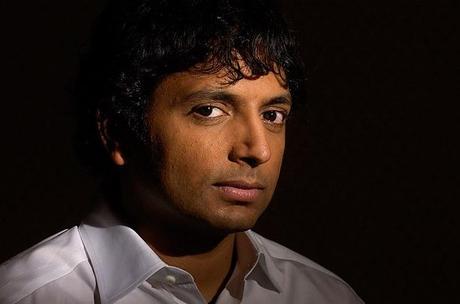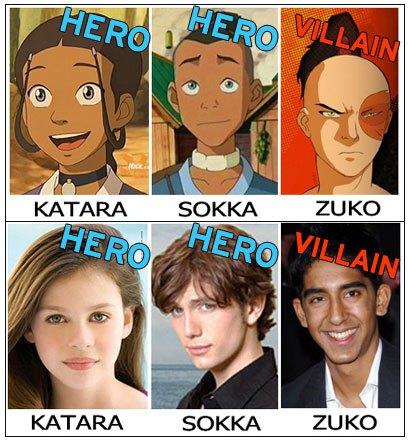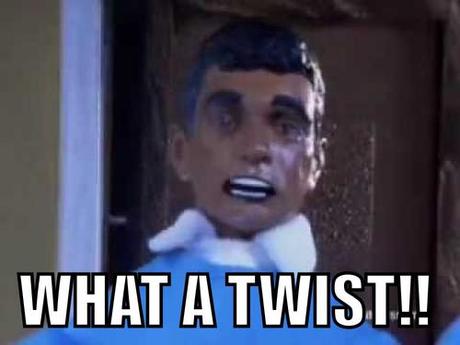Continuing the series that puts the spotlight on film makers who haven’t been able to get past that one big hit and asks: are they more than one hit wonders?
Who is He?
Manoj Shyamalan was born to wealthy Indian parents who relocated to the United States after the birth of their children. Shyamalan was raised in an affluent neighbourhood and was brought up surrounded by both Hindi and Catholic values. After being presented with a Super 8 camera at a young age he developed a keen interest in film making, going from home movies to New York University’s Tisch School of the Arts. Shyamalan started his career with the festival film Praying With Anger, which explored the clash between Indian and American culture. This was followed up with the Dennis Leary and Rosie O’Donnell starring Wake Awake, which received mediocre reviews. In 1999 he was credited with writing family feature Stuart Little and tween comedy She’s All That while directing his break out hit.
The Hit
The Sixth Sense arrived in cinemas in 1999 amid a flurry of marketing and hype, promising a twist ending and plenty of scares. The movie stood out in the market of cheap, schlocky slasher films and attracted a large audience and popularity among the critics. After smashing the box office the movie instantly became a part of the cultural zeitgeist, with the twist ending and the “I see dead people” quote becoming ripe for parody. Layered with symbolism and strong performances (especially from the young Haley Joel Osment) it was considered a must-see for cinema-goers. The name M. Night Shyamalan became well known in Hollywood and audience members.
The Follow Up
The Sixth Sense’s leading man Bruce Willis reteamed with Shyamalan the following year for Unbreakable. This modern superhero parable saw the unique cinematic style of Shyamalan develop, and it is often more fondly remembered than the over-exposed The Sixth Sense. Whilst again a critical success audience members didn’t warm to it as quickly as the director’s debut feature. Many saw the director as relying on ‘twist’ endings and noted that this one felt more forced than the previous, detracting from the over all experience. Whilst popular it was not the runaway hit people expected.
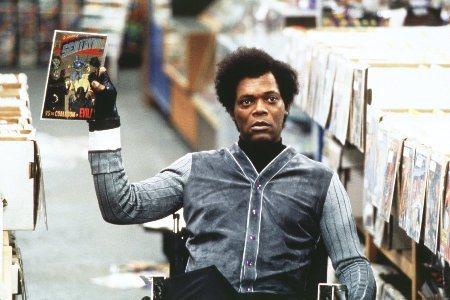
Samuel L. Jackson plays supporting role alongside his wig.
Signs followed in 2002, and with it we began to see the cracks in Shyamalan’s approach. Visually rich and praised by critics and filmmakers but the audience response was lukewarm. Many were quick to point out the glaring plot holes (water sensitive aliens invading a water logged planet, a farmer that shows no evidence of farming, technologically advanced aliens who can’t work a door handle, etc) and felt underwhelmed by the films conclusion. Ultimately the response to the movie was divided.
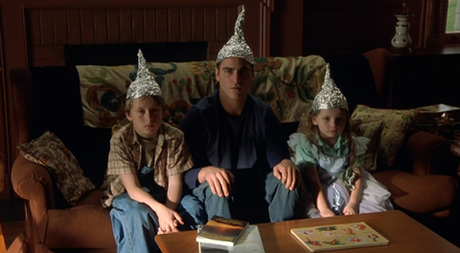
A typical supporter of ‘Signs’.
It was with The Village that the public started to turn against Shyamalan. Frequent criticisms referred to his reliance on credibility stretching plot twists, self-indulgent cameo appearances from the director and nonsensical plots. The Village turned the focus onto a group of villages haunted by creatures in the forest, with the reveal being that they are hiding from the modern world in a nature reserve. Roger Ebert called it a ‘colossal miscalculation’ with many critics declaring the ‘secret’ to being ‘laughable’. Lady in the Water only served to cement this reputation, with a magical girl called ‘Story’ hiding in an apartment block swimming pool from the ‘Scrunts’. What many detractors were quick to note was Shyamalan putting a film critic in the role of enemy and casting himself as a man whose “stories will change the world”. Subtle.
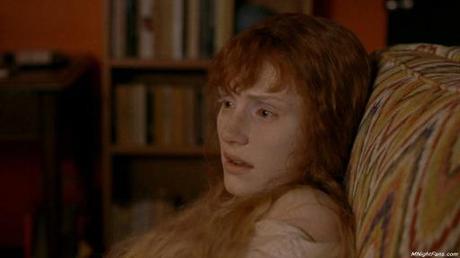
Typical viewer response to watching ‘Lady in the Water’.
By the time The Happening arrived in cinemas in 2008 Shyamalan was on his way to becoming a cinematic punchline. The movie’s plot revolving around trees trying to kill people with spores was the target of much mockery. His next movie – adaptation of popular anime The Last Airbender - should’ve been a freebie considering the established story, characters and mythology. Instead it was branded one of the worst movies of the decade and even attracted accusations of racism. This years After Earth serves only as the latest entry in the Smith Family Marketing Strategy and is an early contender for worst movie of the year.
Is He a One Hit Wonder?
It’s pretty hard to argue with the Rotten Tomato Scores, which from The Sixth Sense to After Earth runs 85% – 68% – 74% – 43% – 24% – 17% – 6% – 11%. Those are some diminishing numbers. Shyamalan has gone form being heralded as the next Spielberg to a running joke in the film industry. Amazing his name still seems to attract viewers in spite of his atrocious track record. Unbreakable, Signs and The Village did fairly well in the box office, but this is mostly based on the success of The Sixth Sense bleeding over. Nothing has set the world on fire quite like that break-out success.
Although there are those who will argue that The Sixth Sense is and always has been a poorly paced exercise in cinematography which is reliant on a twist in the story to give viewers something to tell their friends about and Unbreakable is the pinnacle of Shyamalan’s career (like me), it was a massive success. Nothing he has done since could be classed as a hit, being dismissed by critics, viewers or both. We’re calling this one a One Hit Wonder.
<a href="http://polldaddy.com/poll/7318317">Take Our Poll</a>